About this Blog: A travel story meeting a photo essay, this blog is about showing you the beauty of the Loktak Lake in Manipur. It is our endeavor through this photo story to show you why you must visit Loktak Lake in Northeast India once in your lifetime. Along with that, we will share important information like how to reach, where to stay, what to do in this special place. There are also the stories of Phumdis, Sangai deer and information about Keibul Lamjao National Park, the only floating national park in India.
It was on our flight to Imphal that we saw blue expanses dotted with green ring-like structures. That was our first glimpse of the Loktak Lake in Manipur. But at that time, we were travelling to Myanmar by land crossing the Moreh-Tamu border. We did not have the time to visit the lake and the floating islands. It was much later that we once again got the opportunity to visit Manipur and this time, we included this place in our Manipur itinerary.

Loktak Lake in Manipur, Northeast India is one such place that will leave you speechless, no matter what. Not only the visuals, you will also be awed by the stories and facts about this largest freshwater lake in Northeast India. So read on to know more about Loktak Lake and Keibul Lamjao National Park – the only floating national park in India.
Where is Loktak Lake?
Loktak Lake is located in Moirang district of Manipur in Northeast India. Located about 53 km from Imphal city, the capital of Manipur, Loktak Lake is known for its circular floating swamp known as Phumdis. The lake, with its glassy water and floating phumdis, is a sight to behold. Manipur is known as the “Jewel of India” and Loktak is definitely the most precious one out there. After our amazing experience at Dal Lake, Loktak Lake was definitely another place that we will remember for a long time to come.
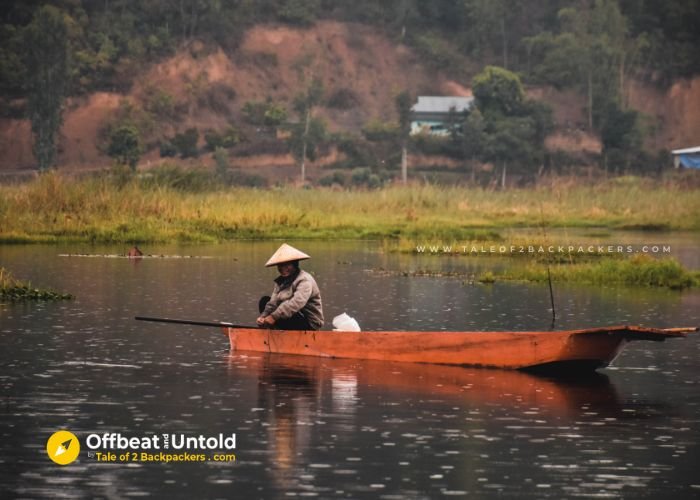
Experience at Loktak Lake
It was the end of January when we visited Manipur. After spending two sunny days in Imphal, the weather suddenly decided to be a bit gloomy. It was raining when we started our journey from Imphal. However, by the time we reached Bishnupur town, it was again sunny. We have long accepted the fact that weather in northeast India and mountains are quite unpredictable.
At Bishnupur, we stopped for a few minutes to see the old temples. However, that is for another post.
After a drive for another 40 minutes, we reached Moirang town. We had wanted to visit the INA memorial at Moirang. However, it was closed that day.
At Moirang, we met our homestay owner and he took us to the lake side from where we would take the boat to our homestay on the lake. Yes, it was a floating homestay. Built on the Phumdis, the homestay was simple, yet elegant.
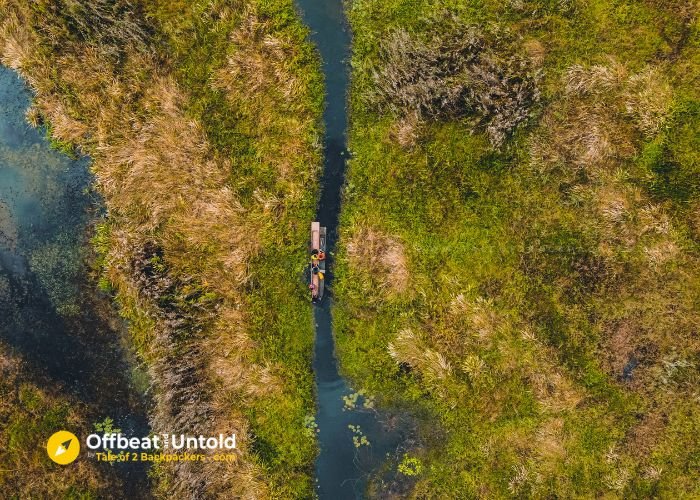
As we were waiting, a narrow boat arrived and we hopped on to the boat with our luggages. The boat maneuvered through swamps and floating biomasses and after a short and sweet trip on the Loktak Lake, we reached our homestay.
Loktak Lake Homestay
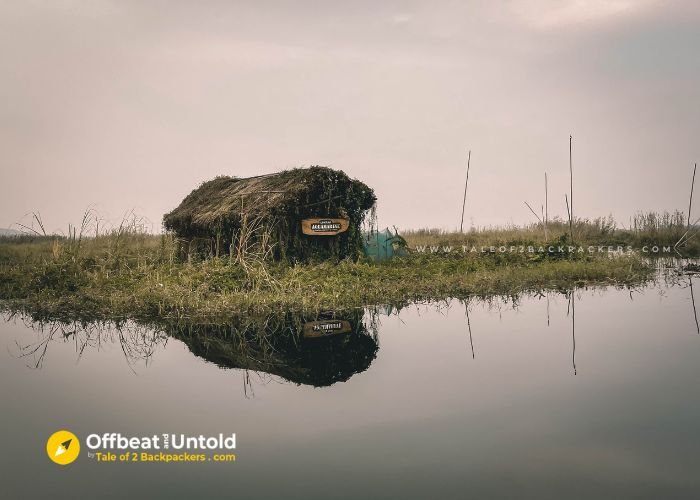
The homestay, in one word, was exceptional. Made of bamboo, there are 3 cottages, all located on Phumdis. There was a kitchen area and a dining area as well.
Our host showed us our cottage and like most of the time, we seemed to be the only ones in the homestay. Our host later informed us a couple of other guests are also due to arrive that day. However, we were given the choice to stay at either the ground floor or the first floor of the cottage.
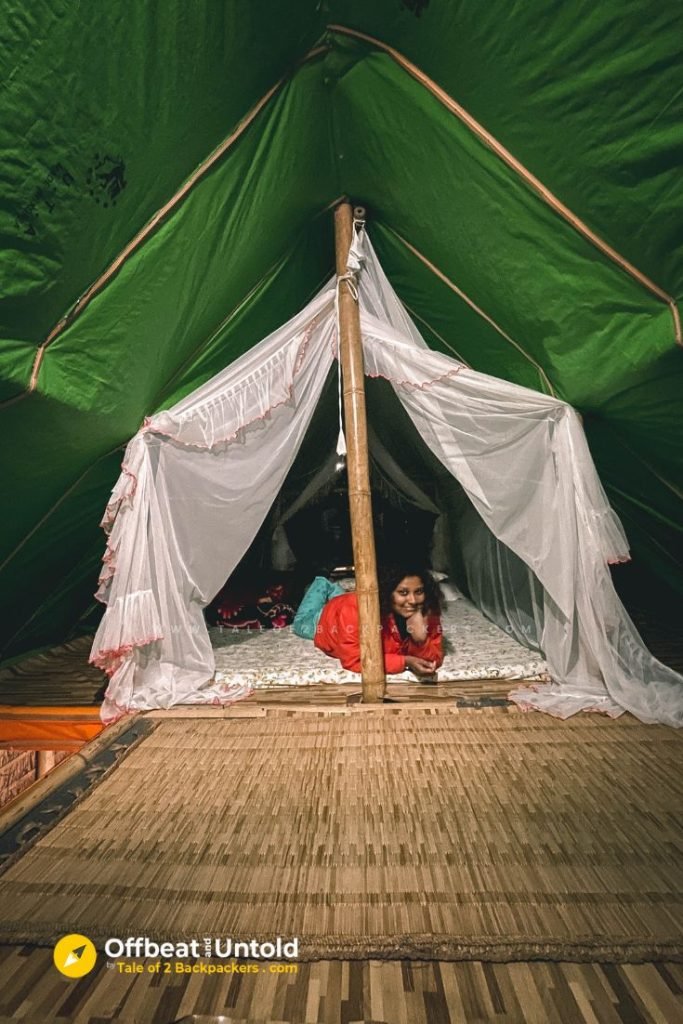
They also cook awesome and tasty food in their kitchen. We were quite delighted to have rice and fish for lunch and even a few local fares for dinner.
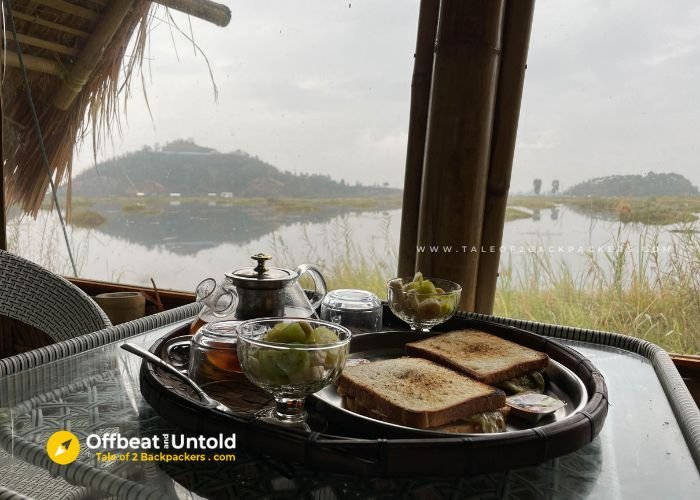

The homestay was just a piece of heaven, literally cut off from the rest of the world. There was no noise, no stress – a perfect place to relax amidst nature. There was a small sitting area in front of the cottage where you could simply sit and spend time watching the ripples on the lake, the phumdis and the fishermen with their boats.
So, what are Phumdis?

Phumdis are essentially the moving biomass that you see floating on the Loktak Lake. They are heterogeneous masses of vegetation, soil and organic matters in various stages of decomposition. The Phumdis actually start growing from the bottom of the lake. They absorb nutrients during the dry season from November to March.
The Phumdis can vary in size from small ones to an area as much as 50 sq km. The Sendra Tourist Lodge stands on one such huge Phumdi.

The locals build their houses on these Phumdis or Phums, mostly for the purpose of fishing. These Phums are also affected by the winds. Movement of Phumdis becomes active especially during the autumn season (August to October). These months are locally known as “phum ngaoba matam”, which literally translates into “season where floating mass goes wild”.
Phumsangs or the Floating Huts
During this time, the fishermen folk usually look for the best phumdis to construct Phumsangs (floating huts). The Phumdis that are not squelchy are chosen and then the mass is cut as per the required size. It is then bound with strong threads and ropes. Once the Phum is ready, a layer of bamboo is placed on them to form a stable base or platform on which the hut will be constructed.
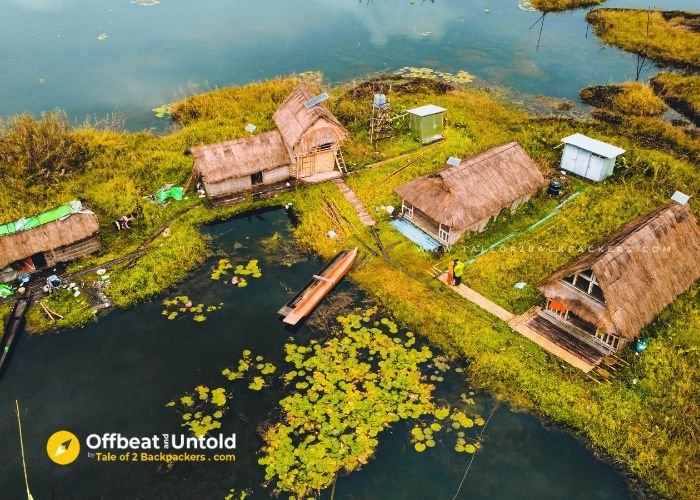
The phumdi is then anchored with the help of heavy stones so that their movement is restricted. This process is known as sangkha-namba. This is a laborious process and often becomes a community affair with the villagers pitching in together. Once the phumdi is properly anchored and tied, then the owner of that specific phumdi can construct his hut on it.
The life span of such a Phumdi is usually two years, also depending on the number of persons staying on it.
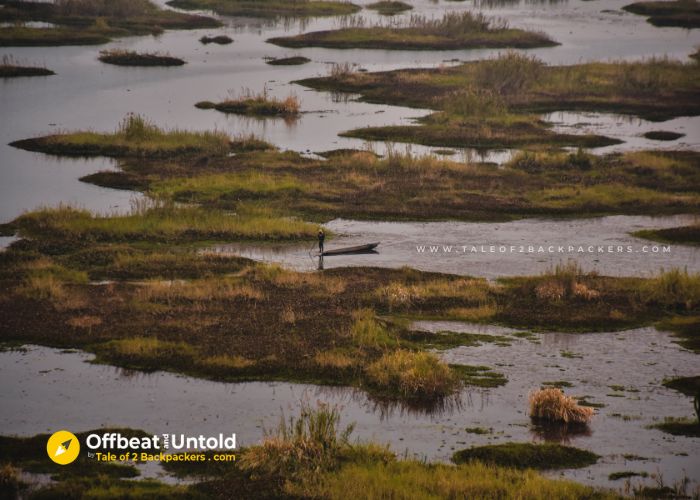
A few of the phumsangs also have vegetable gardens on them. Extensive cultivation cannot be done in the phumsangs, but the little that is done, helps the locals for sustenance and reduces their dependency on going to the mainland markets.
The Rings of Loktak
The rings that you see on the Loktak Lake is actually another type of aquaculture practiced by the fishermen. Well, they are not natural, but made by the fishermen by cutting phumdis into smaller sizes. These are then tied and placed in a circular position. These are called athaphums.

These ataphums are generally placed where the water is deep. A wide net is generally put inside the athaphum to gather fishes and is then left undisturbed for a few days. The fishes inside the ring are given extra feed so that they are larger and heavier than the other fishes in the lake. This method of fishing with the help of athaphums has been used by the fishermen of Loktak Lake from time immemorial.

The Loktak lake fishing community is a world of its own revolving around the lake. But while everything looks great from the surface, all is not well at Loktak.
All is not Well at Loktak Lake
Loktak Lake covers an area of 230 sq meters . For all the lakeside residents, fishing is the only livelihood.
The land under the lake was once farmland and grazing land. But with the construction of the Ithai Barrage and hydroelectric dam in 1979, almost 20000 hectares of arable land was submerged under the swelling waters of the lake. Unofficial figures state the area to be almost 80000 hectares. There are also no industries or factories in the vicinity to provide employment to the residents near the lake.
As a result, the farmers became fishermen.
But the problem is that the current state of things is gradually destroying the lake and in turn hurting its residents.

With the number of people depending on the Loktak Lake for livelihood, it is putting a huge pressure on the lake. Overfishing is now a concern. And it is messing with the natural ecosystem of the lake. Loktak Lake once used to be a haven for migratory birds from far north. With time, the number of migratory birds coming to the lake has reduced in numbers.
Human activities have also posed other problems in the lake. Loktak Lake was not very deep to start with. The deepest parts of the lake were almost 10 meters (33 feet). Nowadays, the depth of the lake has reduced to only 3 meters (10 feet) in most of the parts. Several rivers drain into the Loktak Lake accumulating silt into it, making the lake shallower. It is also increasing plant growth.

As much as Loktak Lake is known for its floating masses or phumdis, they are actually strangling the lake. The silt is fuel to the plant growth. As the pollution in water rises, the plant growth also increases with the water level going down. With the decreasing depth of the lake, the fishes are also vanishing.
Government Action for Loktak Lake
The Government has undertaken various efforts to tackle the overgrowth in Loktak Lake. In 2011, the Loktak Development Authority went on a cleaning spree of the lake and cleared a large area of the lake of Phumdis and destroyed several huts. As many as 1132 floating huts and 100 huts were burnt down by the LDA and many families were displaced. While the people received compensation, it was clearly not adequate to start a new life.

As of now, Loktak Lake is divided into two sections – a no-development zone and a conservation zone. The conservation zone is mostly clear of phumdis and nothing is allowed to be built in that area.
The no-development zone still has the fisherman huts and fishing is continued, but no new constructions are allowed in the area.
This is no way the ideal solution to save Loktak Lake and its people. Whatever solution is found, it has to be inclusive of both the lake and its people. This is something that we felt in the case of Dal Lake in Srinagar as well.
Can Tourism Save the Loktak Lake?

Unlike Dal Lake in Srinagar, tourism is yet at infancy in Loktak Lake. Manipur is yet to be prominent on the tourist map of India. There are people who are skeptical of visiting the state because of the insurgencies taking place here. But let me tell you, it is quite safe to visit Manipur. Though the number of travellers to Manipur is gradually increasing these days, the numbers are not huge. Also, it was our observation that the state is not yet equipped to handle a large footfall of tourists. Maybe with time, the infrastructure can be improved so that the tiny little state can handle tourism in a better way. Same can be said for the Loktak Lake. The area is still not ready for mass tourism.
An increase in tourism can definitely help the locals through means of homestays, boats and tour guides. However, it needs to be done gradually and with proper planning.
Loktak Lake Tourism – What to do at Lokatak Lake?
Now that we have spoken about tourism in Loktak Lake and you have decided to visit the place, let us discuss what are the places to visit at Loktak Lake.
1. Keibul Lamjao National Park
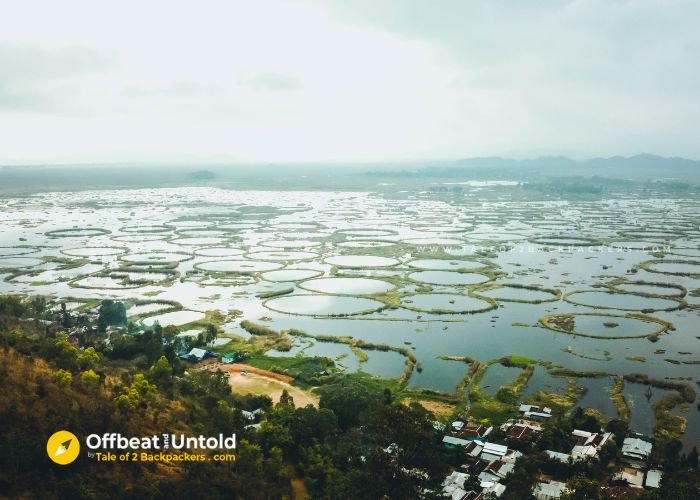
Home to the endangered Sangai deer, Keibul Lamjao National Park is the only floating National Park in the world and is one of its kind. It is perhaps the largest phumdi on the Loktak Lake on which the National Park is located.
The park has an area of 40 sq km and has a rich diversity of flora and fauna. You can take a boat ride inside the park. We would recommend you to take the boat ride at dawn because that is the time when there are maximum possibilities of getting a view of the elusive Sangai deer.
Unfortunately, we were not able to visit the park as it was yet to open up for tourists after the pandemic.
2. Visit the Loktak Lake Viewpoint

Loktak Lake Viewpoint is a must visit place from where you will get a panoramic view of the lake. It is actually a hilltop and there is a watchtower from where you can get an all-encompassing view of the lake. From here, you will get an inkling of how huge the lake is. This is one of the best places to watch the sunrise over the Loktak Lake.
3. Take a morning Boat ride

Getting up early in the morning and taking a boat ride to watch the beauty of the lake is a great thing to do in Loktak Lake. It is a lovely way to experience life on Loktak Lake. You will encounter several fishermen and locals doing various odd jobs.

For us, it was a lovely experience. The sky was overcast with clouds that day and we went around the lake on a narrow boat. The boatman was singing various songs as he took us around the huge lake. By the time we were back, it had started drizzling. Boating at Loktak Lake was definitely one of the best experiences we had.
4. Visit the local islands – Sendra and Karang
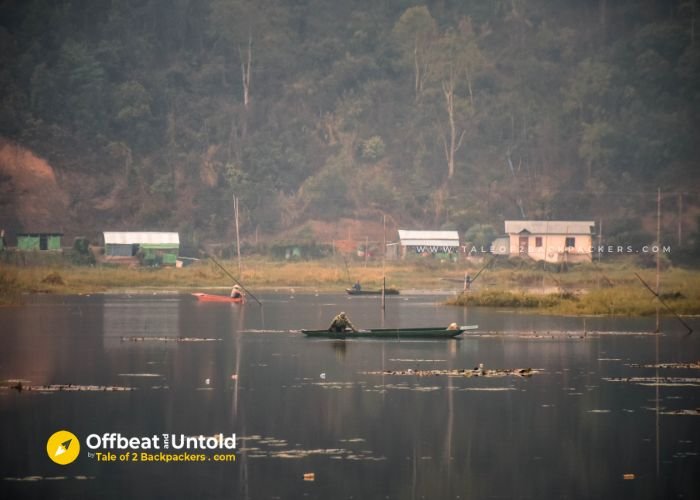
Loktak Lake is dotted with several small islands and you can visit a few of them. It will give you a glimpse of local life around the lake.
One of the larger islands is Sendra Island. It also has a tourist lodge on it and a small garden and a watch tower. Sendra Island is a common attraction for the locals as well. There is an entry fee of Rs 20 when we visited. You can roam around the island and even eat out at the restaurant there.
Another smaller island to visit is Karang Island. There is a local passenger boat that will take you to the island. There are several vantage points on the island from where you can see the lake the phumdis.
5. Watch the Sunset
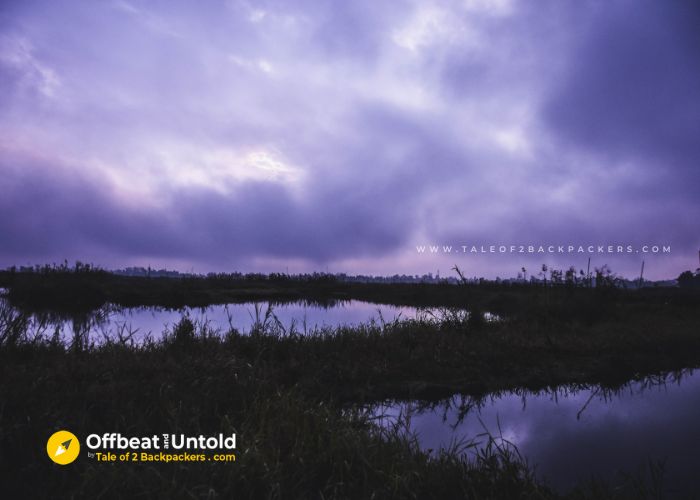
While we were not quite lucky with the sunset at Loktak (because of an overcast sky), sunsets are beautiful in Loktak Lake. Hike up to any hill or just take a boat ride, you will be able to see a beautiful sunset. Just remember, the sun starts going down at around 4 PM here. So, plan accordingly.
Our Time at Loktak Lake
Our stay at the homestay on Loktak Lake was nothing short of pleasing. We enjoyed our slow and relaxing time in the midst of the lake without any worry of career, work, and life problems. Our conversations with our host helped us understand the life around Loktak Lake in a much better way.
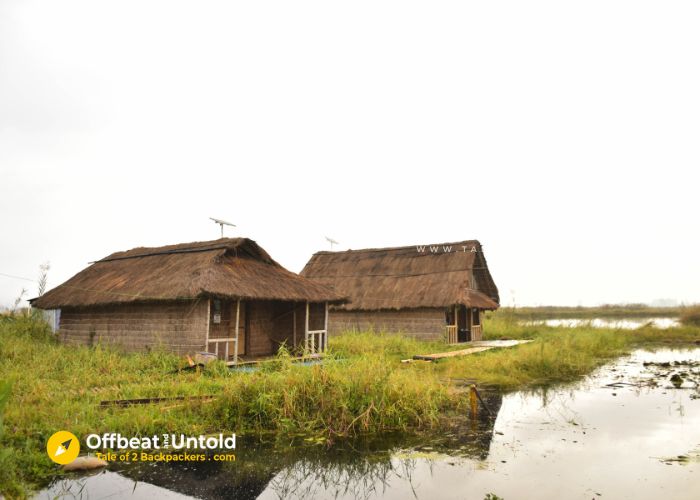
The next morning, we went for an early morning boat ride. Later we visited Sendra Island and the Loktak Viewpoint.
The entire place and our stay was so peaceful that we decided to stay another night at Loktak Lake. Our hosts were super happy to accommodate us for another day. As I mentioned earlier, the Keibul Lamjao National Park was closed and so we went to visit another offbeat place in Manipur – Churachandpur. More about that in a separate blog.
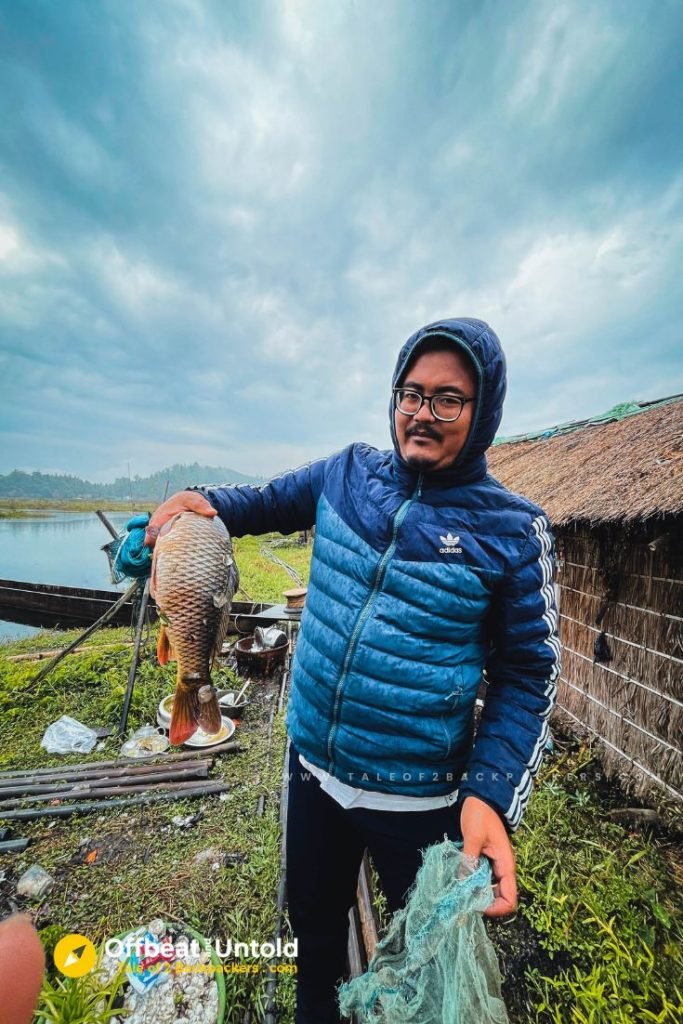
We enjoyed the local cuisine, fish curries and the food that our hosts prepared for us. And at night we simply looked at the star studded sky and enjoyed our time together.
Honestly, this slow and leisurely trip to Loktak Lake was one of the best trips we had in years.
Loktak Lake Travel Guide (FAQs Answered)
How to Reach Loktak Lake?
The best way to reach Loktak Lake is to start from Imphal and reach Moirang. From Imphal, you will get shared taxis to Moirang from Jiribam-Imphal road , close to Ima Keithel or Mother’s Market. That is the main market area of Imphal. If you do not see one around, ask the locals and they will point you in the right direction.
The journey of 30 odd kilometers to Moirang will take about an hour. Moirang is a small town with a small market. There is the INA Museum dedicated to Netaji Subhash Chandra Bose that you can visit.

Moirang to Thanga
From Moirang, you have to take another shared taxi to Thanga. Here too, ask the help of the locals who will point you to the right destination. Thanga is actually the cluster of villages that make up a peninsula on the Loktak Lake.
Finally, you can always ask your homestay owner to pick you up from Moirang. Our host picked us up from Moirang and took us to the lakeside from where we took a boat to our homestay.
Where to Stay at Loktak Lake?
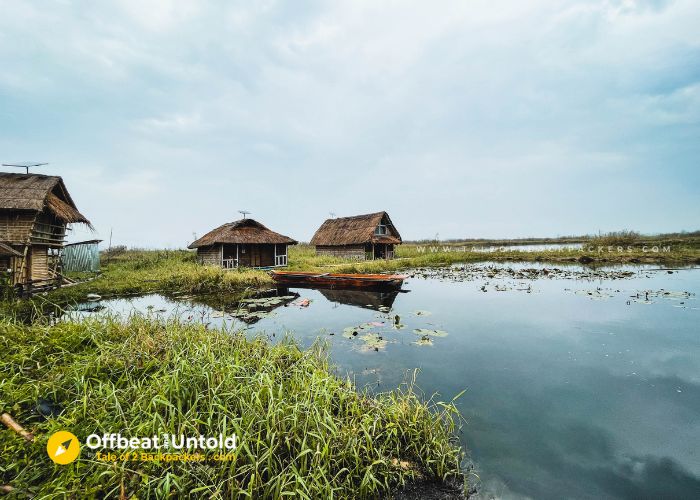
The biggest hotel is at Sendra Island. You can book you stay at Sendra cottages. Sendra Island can be accessed from Thanga. There are a couple of homestays at Thanga as well.
There are also a few homestays on the lake itself. We stayed at Loktak Aquamarine Homestay. You can book your stay from here.

How can you be a responsible Tourist to Loktak Lake?
Overtourism is very much real now. While tourism can uplift the livelihood of the local people, it can also be a curse for the environment. To be honest, Loktak Lake is still not equipped to handle a large influx of tourists. While efforts are being made to provide a sustainable income to locals through tourism, the place is yet not immune to the hazards of tourism.
If you are planning to visit Loktak Lake, Keibul Lamjao National Park and Manipur in general, we urge you to be a responsible tourist and travel consciously. Here are a few things that can help and leave a positive impact –
- Firstly, limit the use of single use plastics. If possible, refrain using mineral water bottles. Clean and filtered water is available and you can refill your bottles. Even if you are using plastics, do not leave them around. Also, do not drop anything in the lake waters.
- If possible, stay at a local homestay over hotels. In this way, you can help the locals directly.
- Avoid having Maggi and taste the local cuisine and homestay cooked food.
- For boat rides, use wooden boats by the fishermen to row you around. Your homestay owner can help you arrange a boat.
- Talk to the locals. Listen to their stories and share your stories with them. I am sure you will enjoy it a lot and so will they.
A Few more Photographs of Loktak Lake




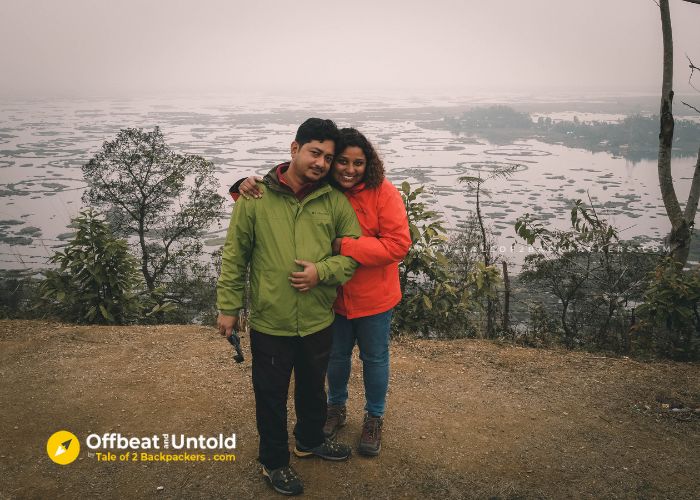
Hope you enjoyed our blog on Loktak Lake. The problems of the lake and its ecosystem is very real. Just like what we saw at Wular Lake. What are your thoughts on them? Do you think tourism can be a way to help the lake and its people? Or will it deteriorate it more? Let us know your thoughts in comments below.
If you liked this blog on Loktak Lake, pelase share this with your family, friends and neighbours.
Pin it for a later read!
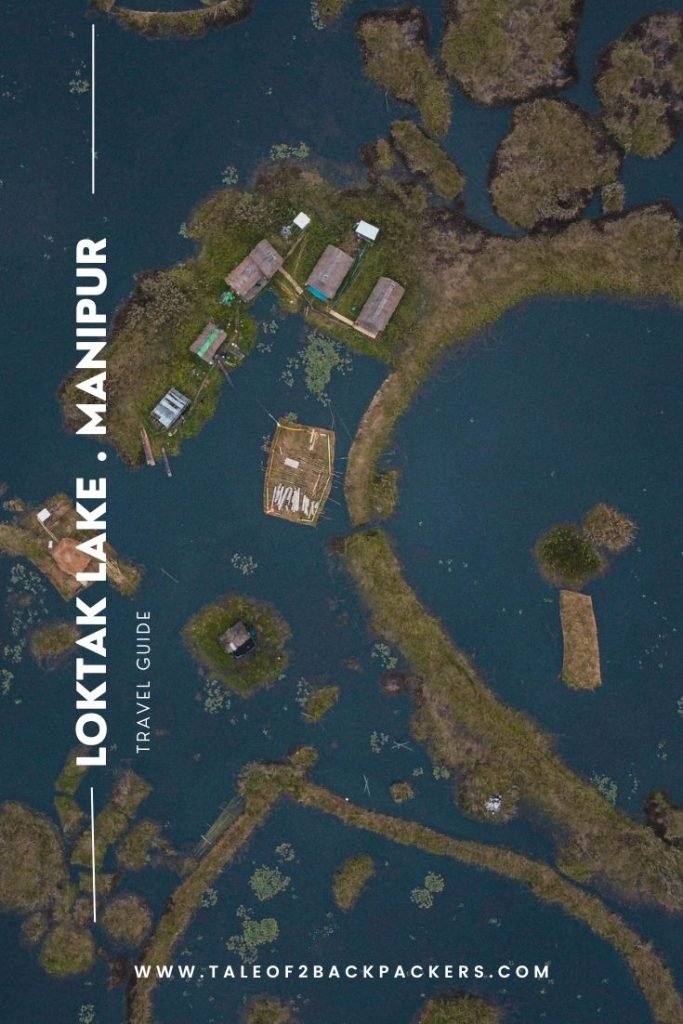


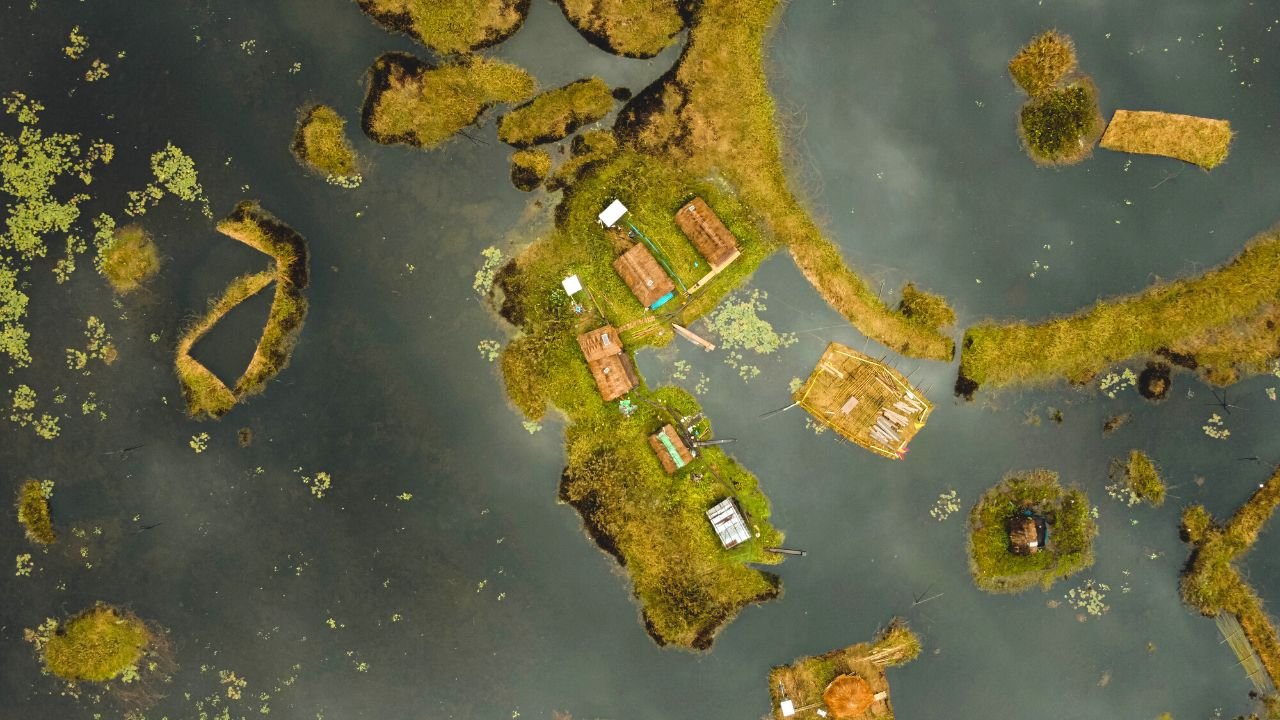

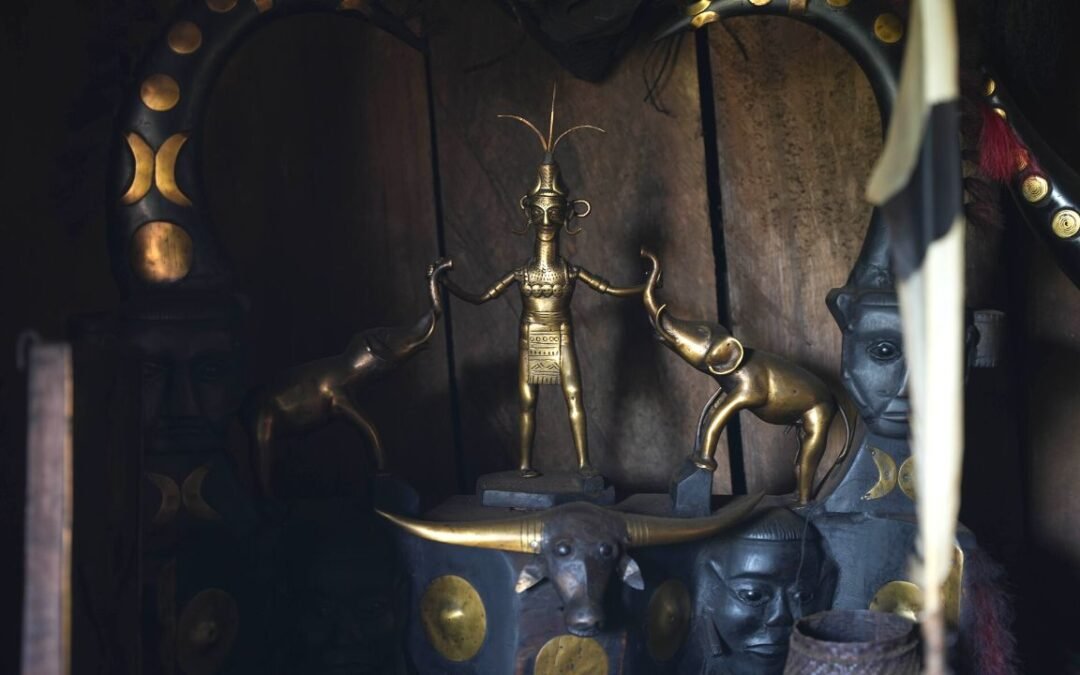
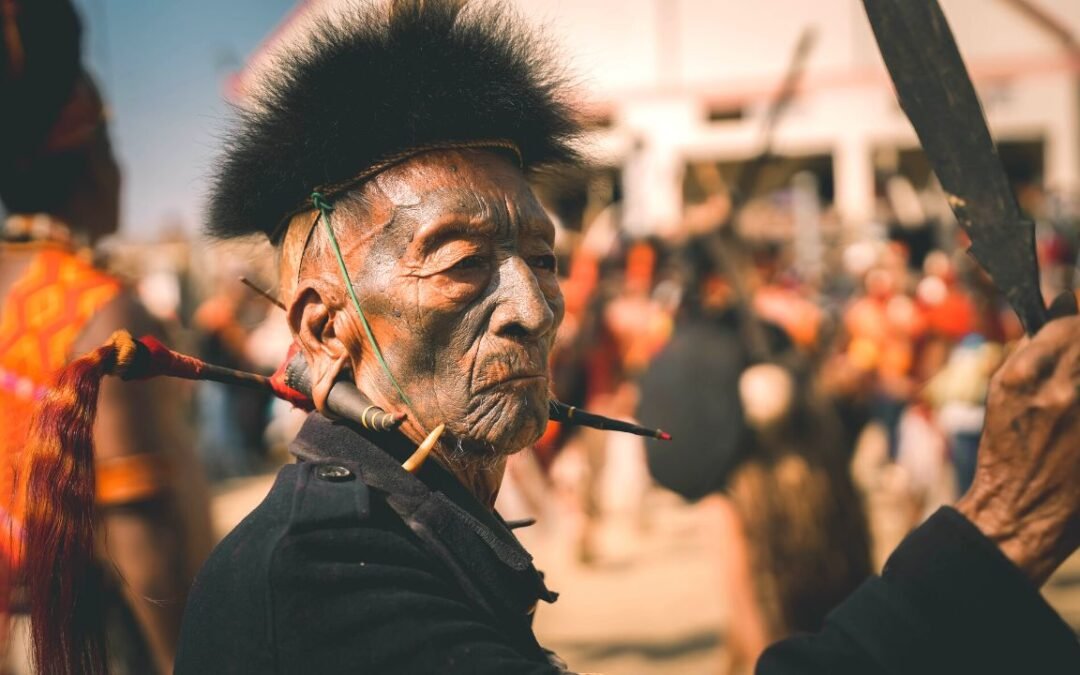
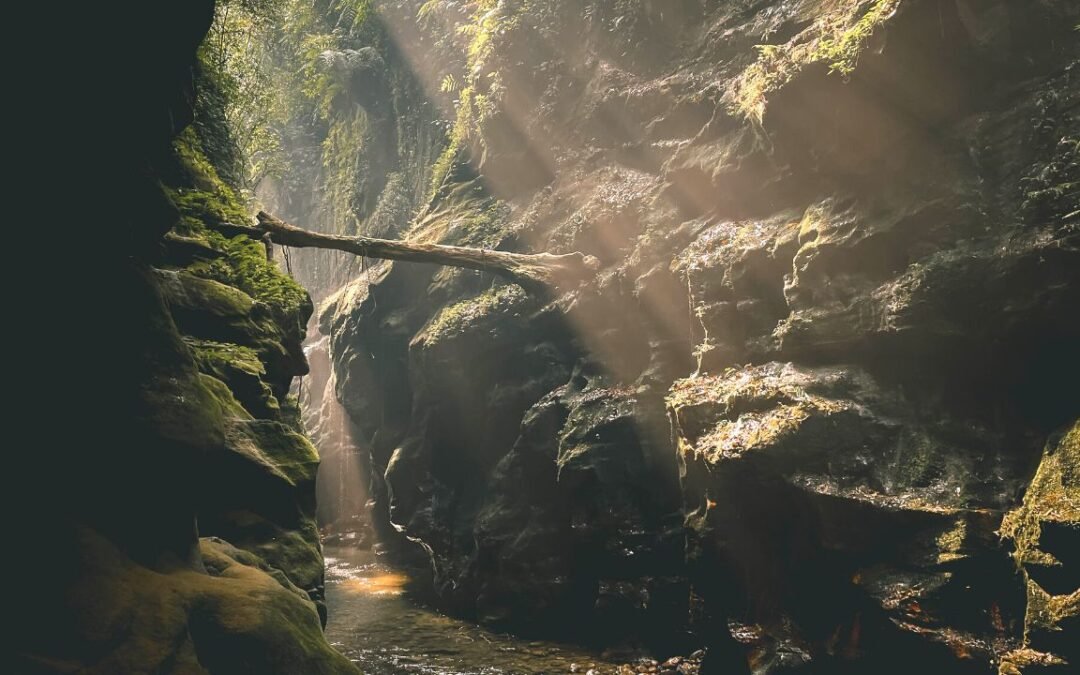
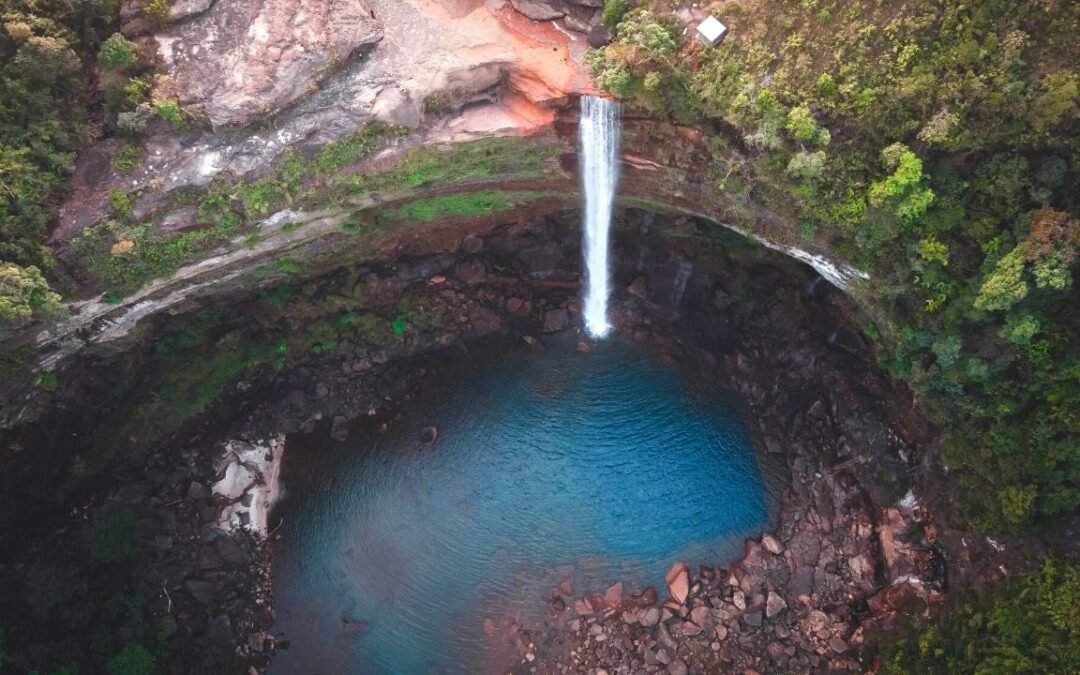
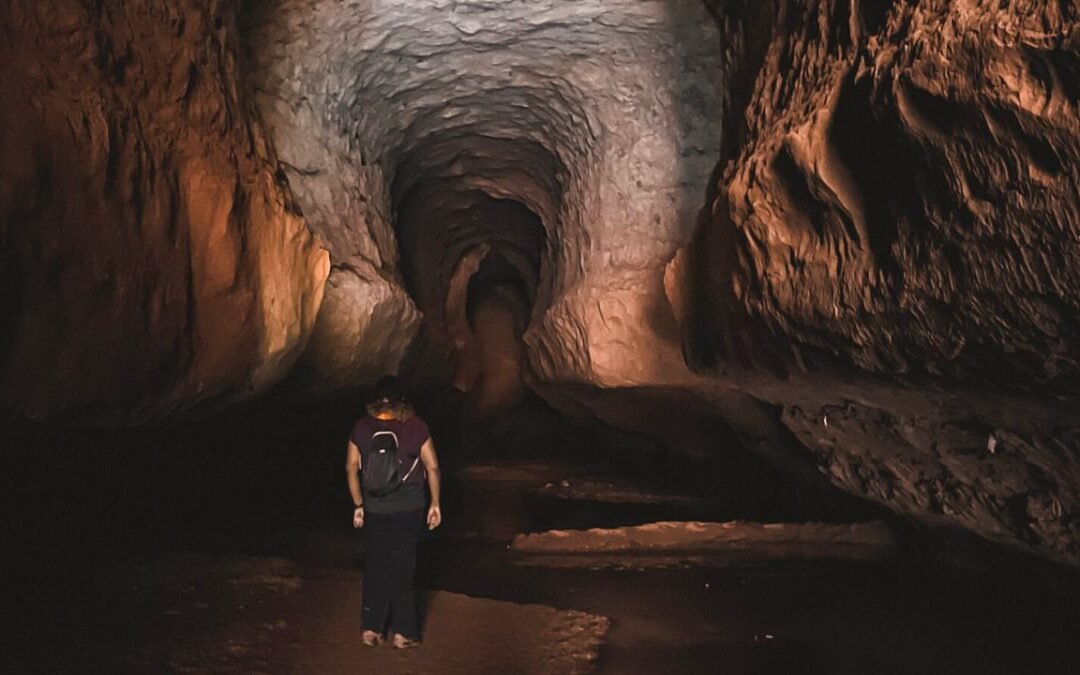
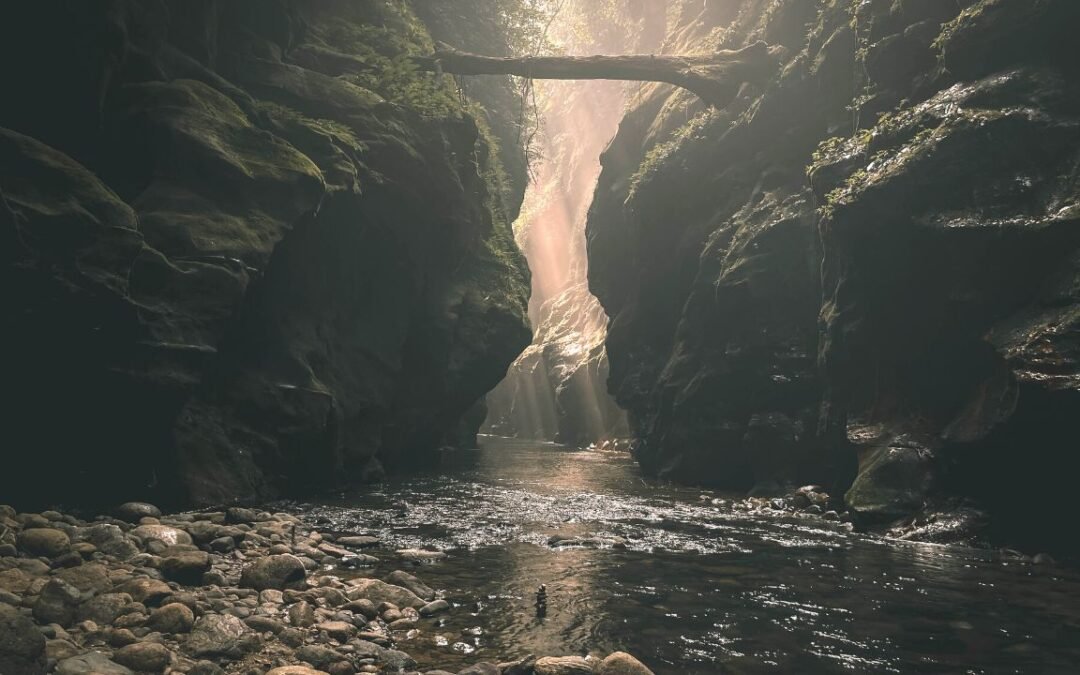
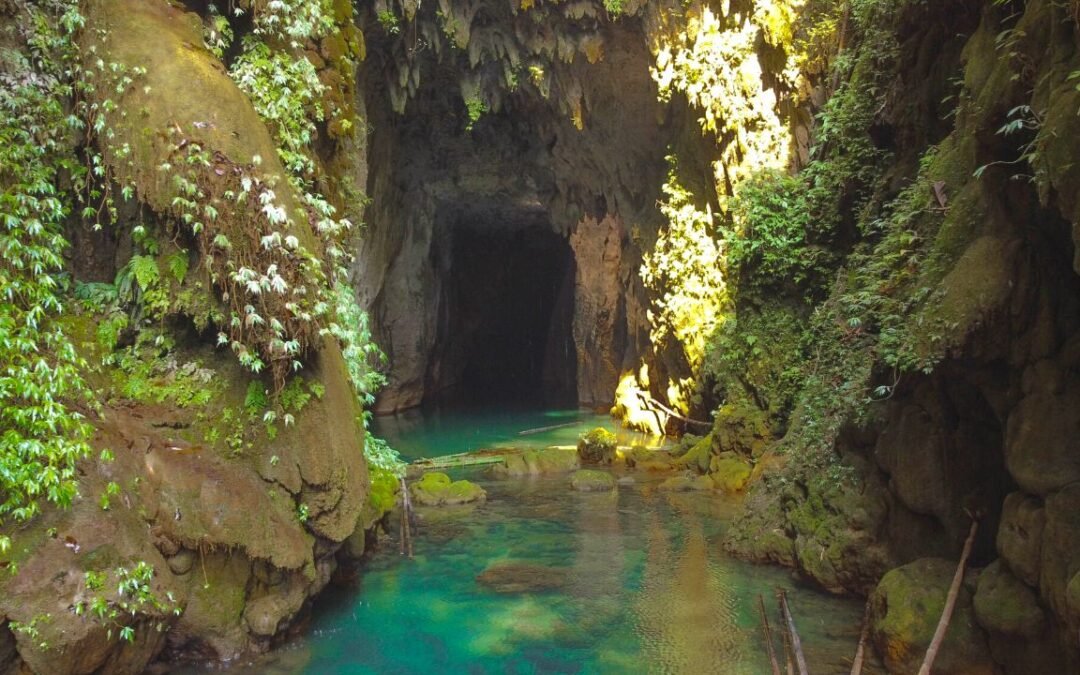
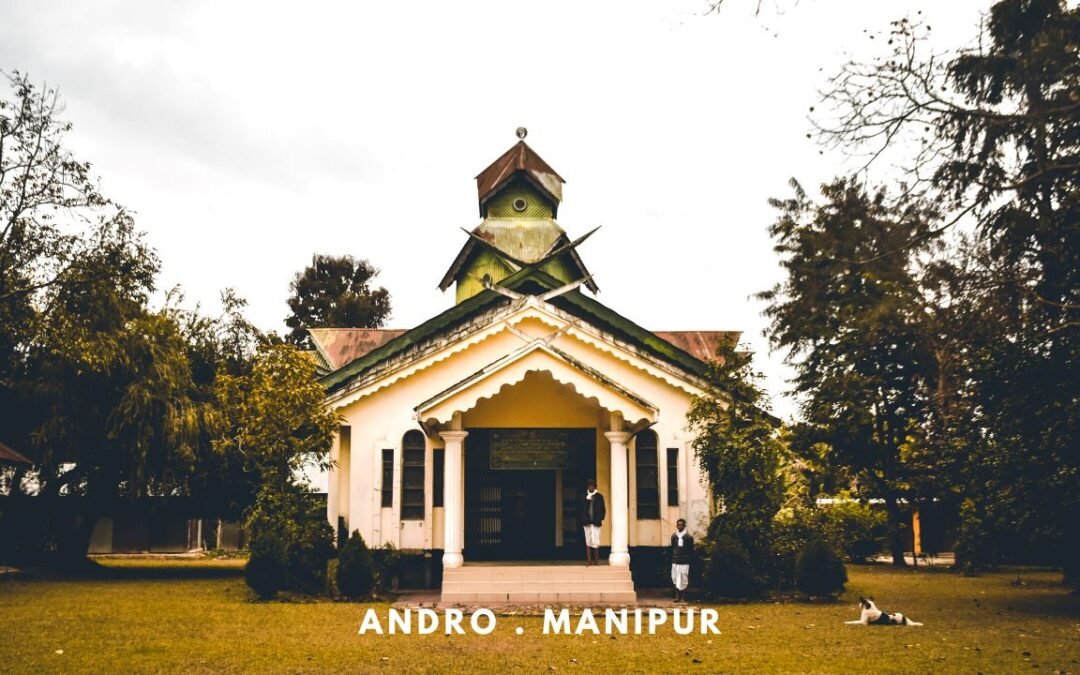
0 Comments